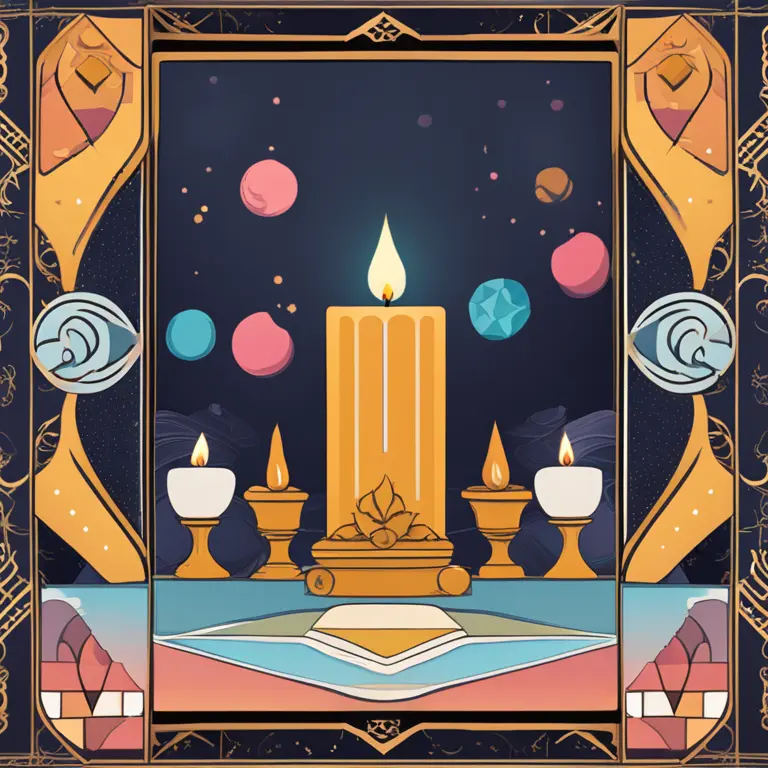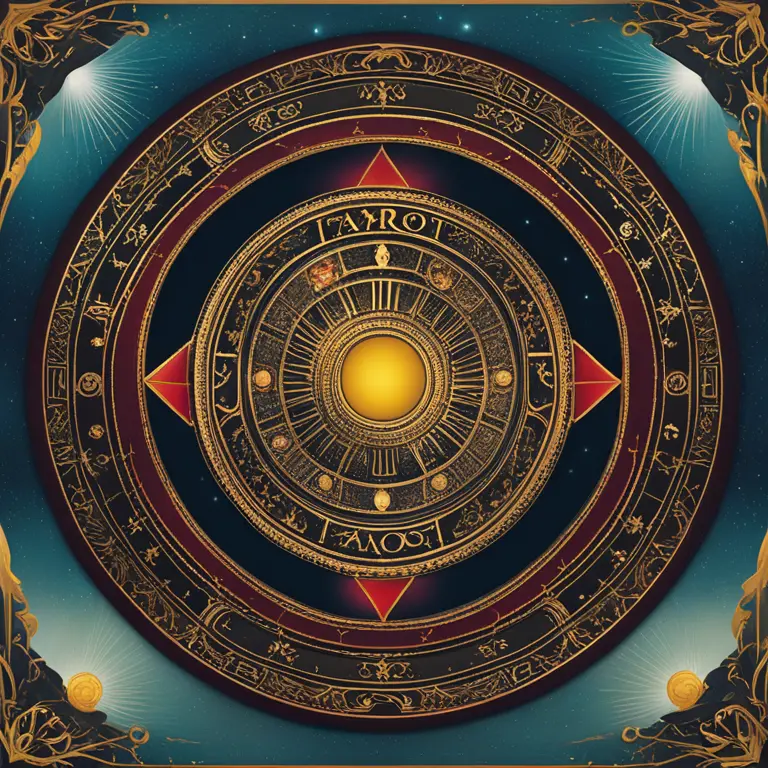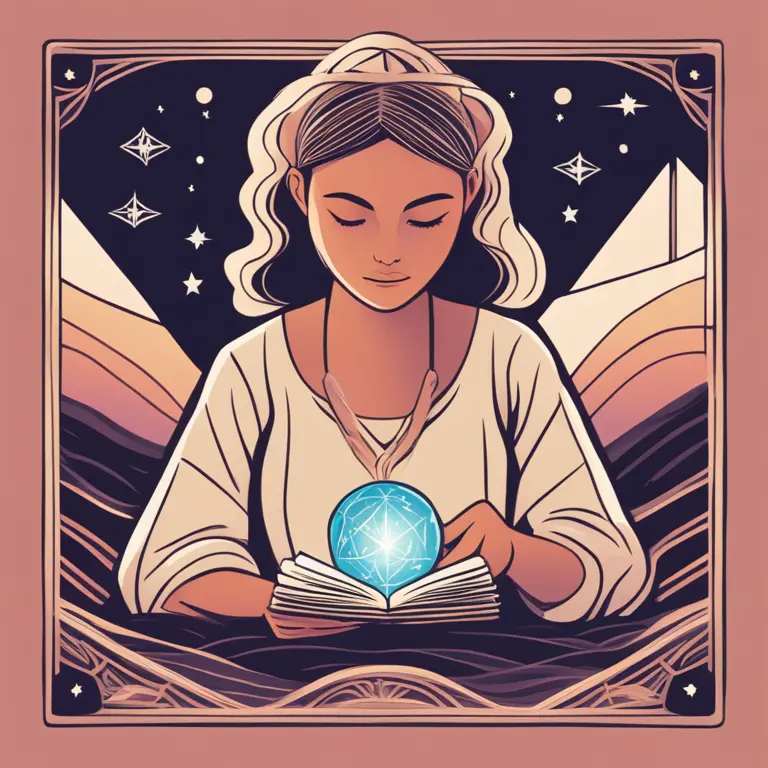
Introduction to Tarot
If you've ever been intrigued by the mysterious images on tarot cards and wondered how they could possibly relate to your life, you're not alone. Tarot has been a source of fascination and a tool for introspection for centuries. Each deck consists of 78 cards, split between the Major Arcana and Minor Arcana. The former delves into significant life lessons and themes, while the latter deals with day-to-day events. Reading tarot is a blend of personal interpretation, familiarization with widely accepted meanings, and intuition.

Setting the Stage
As you begin your tarot journey, it's crucial to create a conducive environment. Find a quiet space where you can focus without interruptions. You may wish to cultivate an atmosphere with candles or incense to promote focus and clarity. Moreover, handling your deck regularly and treating it with respect is thought to build a connection and “charge” the cards with your energy, which can enhance your readings.

Selecting Your Tarot Deck
It's essential to choose a tarot deck that resonates with you visually and emotionally. There are numerous styles available, so take time to explore various decks. Traditionally, many beginners start with the classic Rider-Waite-Smith deck due to its rich symbolism and the abundance of learning materials associated with it. However, you may wish to opt for a deck that evokes a more personal response. When first using your deck, explore each card, its imagery, and how it makes you feel.

Understanding Tarot Spreads
A tarot spread is the pattern in which cards are laid out after shuffling. Each position within the spread provides a context for the card drawn. For newbies, the three-card spread is an excellent place to start. It typically represents past, present, and future or mind, body, and spirit. As you gain experience, you can attempt more complex spreads. Remember that the spread is a tool to organize the messages the tarot cards are offering.
Interpreting the Cards
Tarot interpretation is not about memorizing card meanings but intertwining your intuition with traditional interpretations. Start by observing the imagery: What story is being depicted? How do the colors and symbols speak to you? Cross-reference your impressions with guidebooks or online resources. But don’t be rigid; the context of a question and spread position can drastically alter a card's message. Each card can have several dimensions, and part of the beauty is in the layers of interpretation.
Practicing Regularly
Mastery in tarot doesn't happen overnight—it's all about consistency in practice. Start by pulling a card each day to reflect on its message. Journaling can be a helpful tool to record your thoughts and the events of the day. Over time, you'll develop a personal connection with the cards and understand how their insights apply to different facets of life. Don't be discouraged by ambivalent readings; they too are part of the learning curve.
Staying Ethical
Finally, always approach tarot reading with integrity and an ethical mindset. Remember that some information can have significant effects on individuals, so read with sensitivity. Use tarot as a guide to aid in reflection and decision-making, not as a prescriptive authority. Offer readings with compassion, and remember that the tarot should empower, not create fear or dependence. As you proceed into readings for 2024 and beyond, focus on the themes of growth, potential, and personal journeys.
Published: 1/17/2024
Modified: 1/17/2024
More predictions
Come back here soon to learn more about yourself and your future


The Power of Tarot in Personal Insight
Discover how tarot readings can provide guidance, clarity, and perspective in our lives, offering a unique tool for personal growth and self-awareness.


The Meaning of Jumping Tarot Cards
Uncover the significance of jumping tarot cards during readings and how these unexpected moments can offer deep insights.


The Tarot Card of Virgo: Mystical Insight
Delve deep into the association between Virgo and its tarot persona, examining the symbolic connections in the tarot universe.